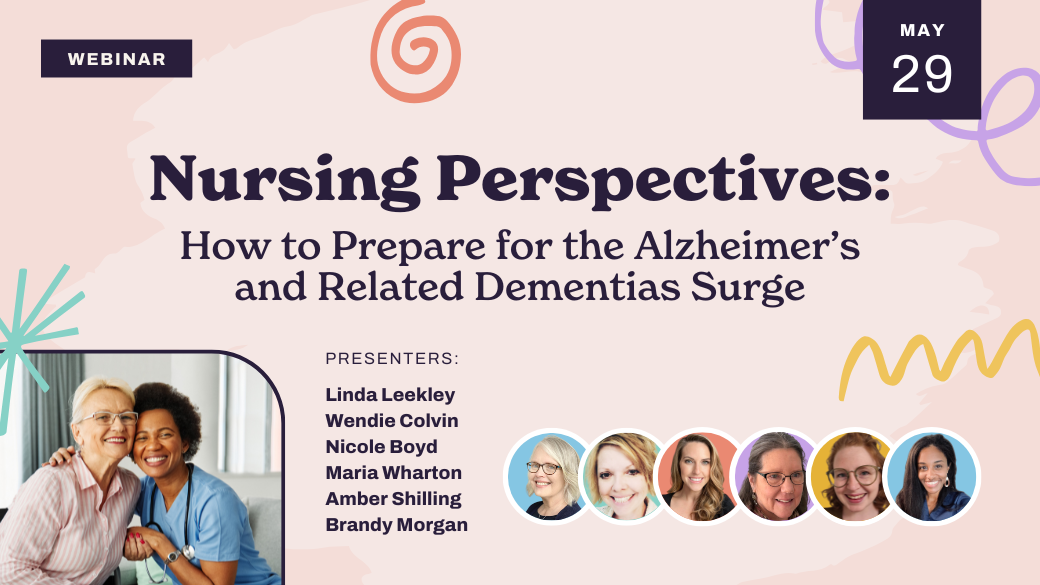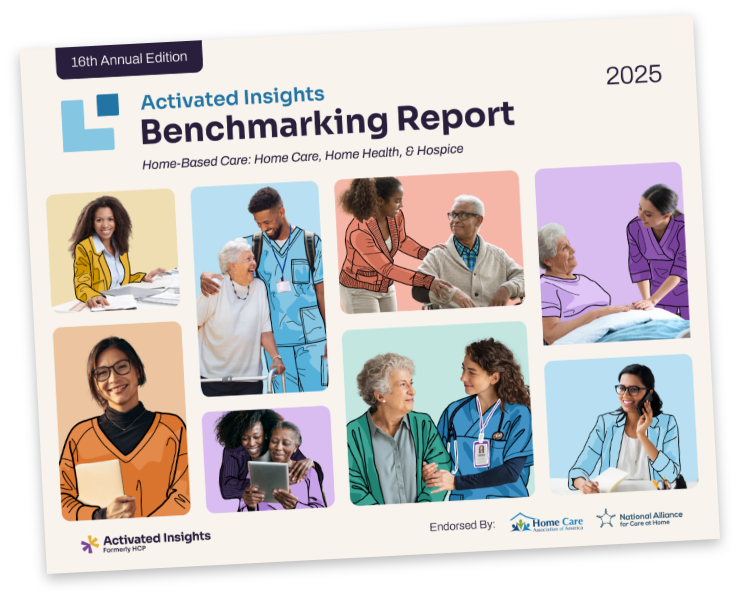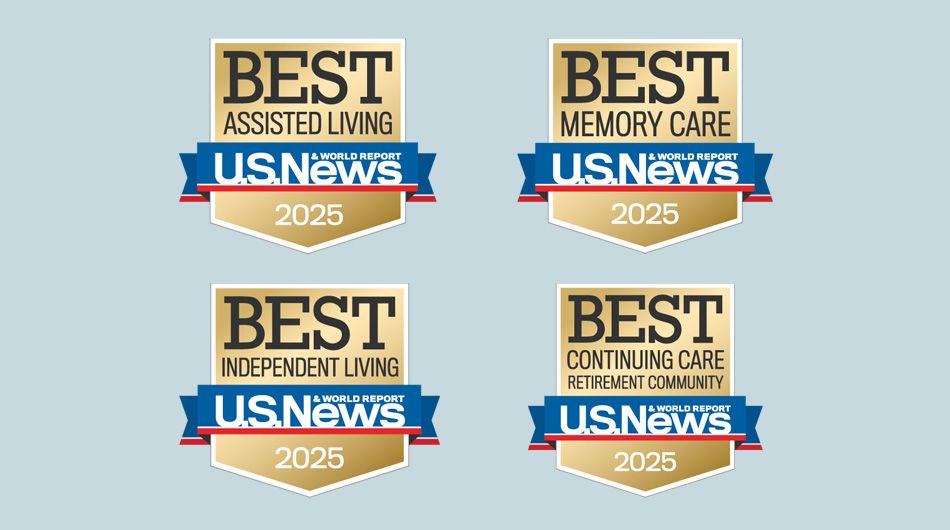Retaining dedicated caregivers starts with showing them you’re invested in their future. By offering personalized, accessible training opportunities, your agency can build both skills and loyalty—without breaking the budget.
Want to attract dedicated caregivers who’ll stick around? Consider offering free or subsidized training opportunities. These investments don’t just build skills, they build loyalty.
“Allowing staff to attend workshops, conferences or training without sacrificing pay makes learning accessible and highlights your desire and commitment to them,” says Michelle Cone, senior vice president of training and brand programs for HomeWell Franchising, Inc. in Burkburnett, Texas.

The 2024 Benchmarking Report by Activated Insights revealed that nearly a quarter of home care agencies with 86-125 caregivers now offer education reimbursement as a benefit.
“Education reimbursement should not be considered just a perk — it’s a strategic investment in both workforce retention and satisfaction as well as quality care,” Cone says. Offering financial assistance for continuing education or certifications can help agencies demonstrate commitment to staff and their professional growth, she notes.
As a leader, you can’t hold people accountable for things you haven’t taught them, says Gina Mazza, CEO of Mazza Consulting and Coaching in Chicopee, Mass. Offering these opportunities not only helps employees develop work-related skills but can increase staff engagement by allowing them to see that leadership is invested in their personal and professional growth, she notes.
The good news? You don’t need a massive budget to become an employer of choice. Mazza shares there are plenty of affordable learning options that can help your team feel valued and motivated.
Personalize Your Training Approach
Consider encouraging your team to explore courses at community colleges and local institutions, suggests Mazza. For example, an employee recently promoted to leadership might benefit from a business class to strengthen their financial knowledge. This approach is especially valuable for staff who thrive in an in-person or hybrid learning environments.
Different team members will benefit from different types of learning, Mazza notes. Those who struggle with Electronic Medical Record (EMR) updates might gain confidence through targeted technology training.
Virtual learning resources—from free videos to paid webinars—can also be excellent development tools.
Working with a tight budget? Look within your organization first. You likely have in-house experts who could educate their peers on certain topics, Mazza says. “You could find a way to compensate or reward them for championing a program or training,” she adds.
Similarly, on-the-job training and mentorship programs that pair new hires with experienced ones can help build confidence and competency, Cone says. “At the end of the day, it’s all about building a positive culture that benefits both your clinicians and the patients that you serve.”

Using Data and Feedback to Build Effective Programs
Organizations considering education-based benefit offerings should align these programs with employee needs and agency goals, Cone says. For example, paying for dementia or wound care certifications allows staff to develop helpful skills while opening your agency’s services up to new types of patients, she notes.
The following tips can help your agency implement or improve an education reimbursement program and give your organization a competitive edge in recruitment and retention:
Look for the gaps.
Assess what your agency needs, Mazza says. She recommends utilizing your agency’s quality assurance program to identify top concerns.
Ask employees what educational opportunities they’re most interested in, Cone suggests. This feedback can help provide direction and allow leadership to create a plan that benefits all parties.
Leverage your numbers.
Data and metrics should be your north star when planning these programs, Cone says. “Weigh the costs against long-term retention improvements and client satisfaction,” she recommends.
Data can also help your agency gauge the success of these benefits, Cone says. She suggests tracking and comparing your retention and turnover rates from before and after program implementation. Your retention should be improving while turnover rates fall, she notes.
Better client outcomes can also indicate program success, Cone adds. Has your agency’s fall rate or readmission rate improved? Has caregiver satisfaction and quality of care increased?
Leverage employee feedback to evaluate staff response to these opportunities, as well as your agency’s overall culture, Mazza suggests. Verbal or written staff engagement or satisfaction surveys can be used to benchmark success. Providing managers with a monthly report that details which employees came, which left and why can also help leadership gain new insights into recruitment and retention concerns, she notes.
Know when to reconsider.
“If you choose to invest in education programs but are still struggling or not seeing the movement you had hoped for, it’s time to reassess,” Cone says. It’s important to be flexible, as you may need to adjust or tweak the program to ensure that it remains relevant, she notes.
Consider the impact of your education-related benefits, Cone suggests. Is it aligned with what your care team truly wants? Are there barriers to participation that make it difficult for staff to engage?
If staffing issues remain, look outside of your benefits program, Mazza recommends. Ongoing problems in recruitment and retention can indicate issues in your agency’s culture or management team, she notes.
Order your copy of the 2025 Benchmarking Report by Activated Insights.
About the Author
This article was written by Mary Kent Wolf, Content Specialist, for Home Health Line and DecisionHealth. For more strategies to elevate the caregiver and client experience and reduce turnover, check out DecisionHealth’s in-person Private Duty National Conference & Expo on May 14-15, 2025.
Related Posts











